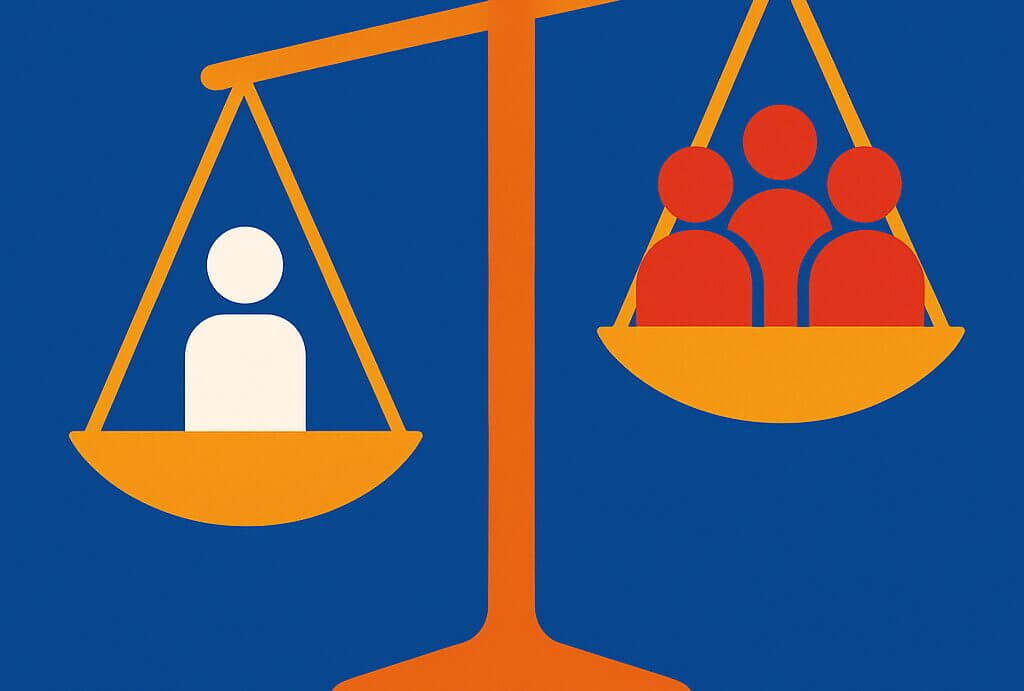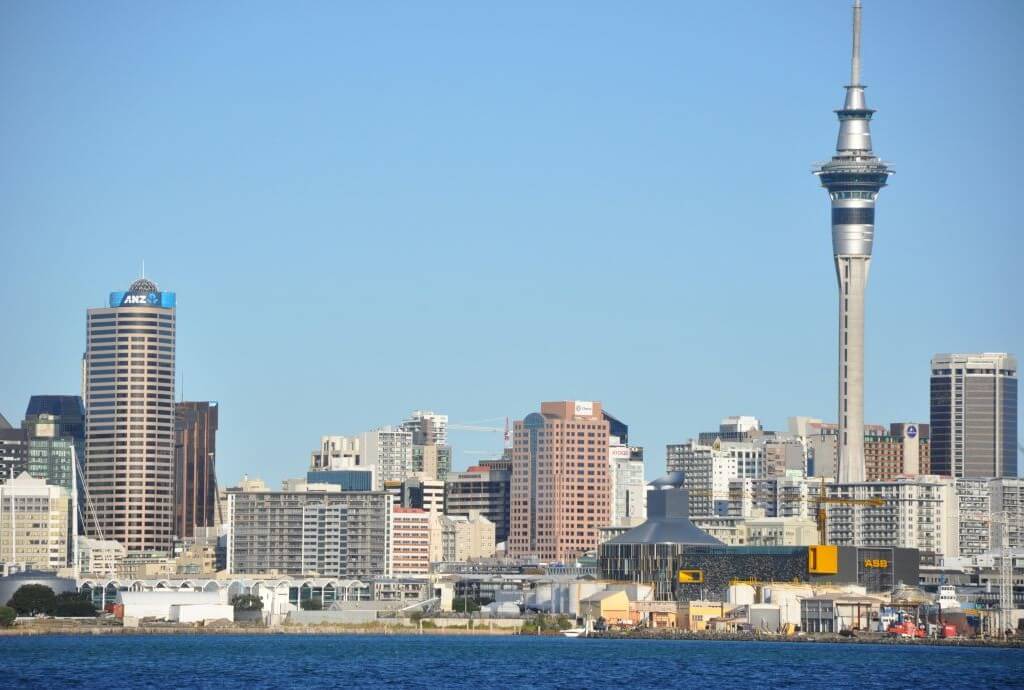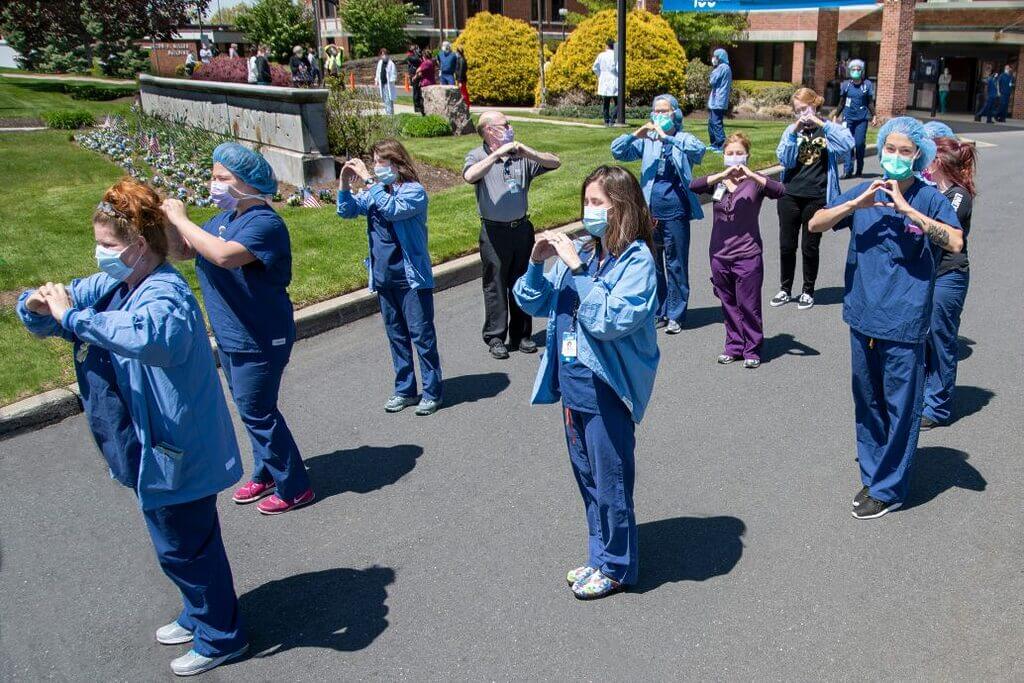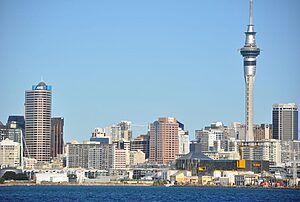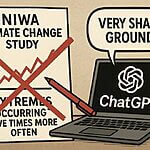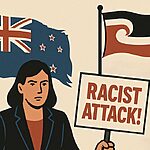In brief
- The National State of Emergency declared for Cyclone Gabrielle enables more central control of relief efforts.
- The term used, when the Government is trying to help afterwards, is similar to the term used when people are being warned. This can be confusing.
- This cyclone was made worse because of construction on floodplains and forestry felling leftovers.
Cyclone hits hard
From 12-16 February 2023, Cyclone Gabrielle impacted the north of the North Island. High winds, landslides and flooding caused widespread damage to infrastructure, buildings and orchards, especially in Hawke’s Bay.
As of 18 February, thousands of people are unaccounted for due to telecommunications outages, so far with 11 confirmed deaths.
The disaster has drawn people together from across the country to support those affected, but looting is also reported in many towns.
States of emergency
On 14 February 2023 Kieran McAnulty, Labour’s new Minister for Emergency Management, declared a National State of Emergency to assist in the response to Cyclone Gabrielle. He said:
“This declaration gives us the ability to coordinate further resources for affected regions. I want to emphasise that the Government has already been surging support and resources to the regions for some days.”
The National State of Emergency is confusingly named because it doesn’t indicate a warning to citizens like a local State of Emergency does; rather it enables further control at the national level. It’s not clear whether this will result in affected areas actually gaining more useful assistance than they would without the declaration. Prime Minister Hipkins had already announced a $11.5m aid package the day before.
ACT party leader David Seymour said national control was counterproductive, for instance with airspace restrictions denying pilots the ability to deliver aid. He said
An emergency response such as this should be directed from those at the centre of the disaster, with support from those in Wellington. Not the other way around.
This is the third National State of Emergency ever declared: the first was the 2011 Christchurch Earthquake, and the second was for the 2020 COVID-19 lockdowns.
Since 2002 a local State of Emergency has been declared 92 times for a combined 545 days of emergencies around the country.

More extreme weather, or more extreme language?
McAnulty says Cyclone Gabrielle is “an unprecedented weather event”. Some media referred to the flooding as “biblical” – however the same was said of Coromandel flooding in January and rain in March 2022.
1988’s Cyclone Bola seems to have had similar winds, lasting longer and leaving more people without power, but following a more westerly path. Neither Gabrielle nor Bola compared to the 1936 cyclone that caused every major river in the North Island to flood and felled hundreds of thousands of trees. Most years see major flooding somewhere in the country.
Bad planning
Much of the worst flooding is in Hawke’s Bay. The Regional Council warns much of its settled area is built on flood plains, and experiences a severe storm or flood every 10 years. However this is also the source of rich sediment that makes it such a fertile agricultural region.
Increased use of land for pine forests under the Emissions Trading Scheme has also been identified as a contributing factor, as leftover material from felling was carried by flood waters to pile up against and destroy bridges and buildings.

